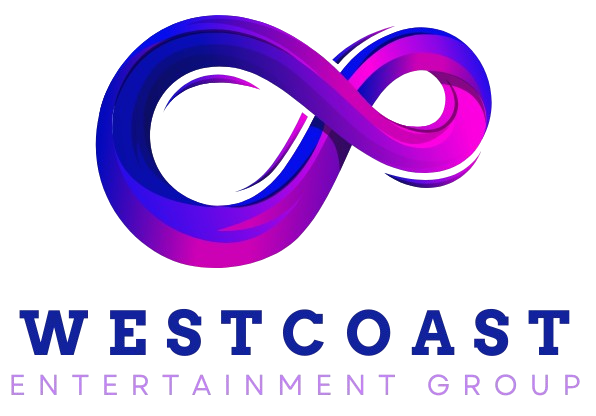Elevate Your Brand: The Ultimate Guide to Website Design for New Businesses
In today’s digital marketplace, establishing a strong online presence is crucial for new businesses aiming to elevate their brand. A thoughtfully crafted website design is more than just a digital storefront—it’s a powerful tool that showcases your brand’s unique identity through visual aesthetics and seamless user experience. By focusing on responsive design and incorporating clear calls to action, you can create a platform that not only captivates visitors but also converts them into loyal customers. Moreover, integrating SEO best practices into your website’s framework ensures that your business ranks well in search results, expanding your reach and boosting brand credibility. This guide will walk you through the essential elements of website design, helping you lay a solid foundation for long-term success.
Crafting Your Brand’s Digital Identity
Your website is the digital face of your brand. It’s crucial to create a design that not only looks great but also communicates your brand’s values and personality effectively. Let’s explore how to make a lasting first impression and guide visitors through your site seamlessly.
Visual Aesthetics and First Impressions
First impressions matter, especially in the digital world. Your website’s visual appeal can make or break a potential customer’s interest in your brand.
Color schemes and typography play a crucial role in conveying your brand’s personality. Choose colors that align with your brand values and select fonts that are both readable and reflective of your brand’s tone.
Consistency is key. Ensure your logo, color palette, and design elements are uniform across all pages. This helps in building brand recognition and trust.
Remember, simplicity often trumps complexity. A clean, uncluttered design can be more effective in highlighting your key messages and products.
User-Friendly Navigation Strategies
Intuitive navigation is crucial for keeping visitors engaged and guiding them towards conversion. A well-structured website helps users find what they’re looking for quickly and easily.
Start with a clear, logical menu structure. Group related items together and use descriptive labels that make sense to your target audience.
Implement a search function for larger sites, allowing users to find specific information quickly. This can significantly improve user experience, especially for content-rich websites.
Consider using breadcrumbs for multi-level navigation. This helps users understand their location within your site’s hierarchy and allows for easy backtracking.
Lastly, ensure your navigation is consistent across all pages. This predictability helps users feel more comfortable exploring your site.
Enhancing User Engagement Through Design
Engaging design goes beyond aesthetics. It’s about creating an experience that keeps users interested and encourages them to take action. Let’s look at two key aspects of engagement-driven design.
Responsive Design Essentials
In today’s multi-device world, responsive design is not just a nice-to-have—it’s essential. Your website should look and function perfectly on devices of all sizes.
Start with a mobile-first approach. Design for the smallest screens first, then progressively enhance the experience for larger devices. This ensures a smooth experience for all users.
Use flexible layouts and images that adapt to different screen sizes. Implement CSS media queries to adjust your design based on the device’s characteristics.
Consider touch-friendly design elements for mobile users. Ensure buttons and interactive elements are large enough to be easily tapped with a finger.
Clear Calls to Action for Conversion
Effective calls to action (CTAs) guide users towards your desired outcomes, whether it’s making a purchase, signing up for a newsletter, or contacting your business.
Place your CTAs strategically throughout your site. They should be visible without being overwhelming, and relevant to the content on each page.
Use action-oriented language that creates a sense of urgency or benefit. For example, “Get Your Free Trial Now” is more compelling than “Sign Up”.
Make your CTAs visually distinct. Use contrasting colors, white space, and possibly animations to draw attention to these crucial elements.
A/B test different CTA designs and placements to optimize for the best conversion rates. What works best can vary depending on your audience and offering.
Boosting Visibility with SEO
A beautiful website is only effective if people can find it. Search Engine Optimization (SEO) is crucial for increasing your site’s visibility in search results and attracting more potential customers.
SEO Best Practices for New Businesses
Implementing SEO from the start gives your new business a competitive edge. Focus on these key areas to improve your search rankings:
-
Keyword Research: Identify terms your target audience is searching for.
-
On-Page Optimization: Use keywords naturally in your content, titles, and meta descriptions.
-
Quality Content: Create valuable, relevant content that answers your audience’s questions.
Ensure your website’s technical aspects are optimized. This includes improving page load speed, using HTTPS, and creating a mobile-friendly design.
Build a strong backlink profile by creating shareable content and engaging with your industry community. Quality backlinks signal to search engines that your site is trustworthy and authoritative.
Building Brand Credibility Online
Establishing credibility is crucial for new businesses looking to gain trust in the digital marketplace. Your website plays a pivotal role in this process.
Showcase customer testimonials and case studies prominently on your site. Real-world examples of your success can significantly boost potential customers’ confidence in your brand.
Maintain an active blog with industry insights and helpful information. This not only improves your SEO but also positions your brand as a thought leader in your field.
Include trust signals such as security badges, professional certifications, and affiliations with reputable organizations. These visual cues can quickly communicate your reliability to potential customers.



